T and NK Cells in IL2RG-Deficient Patient 50 Years After Hematopoietic Stem Cell Transplantation
- PMID: 35527320
- PMCID: PMC9537207
- DOI: 10.1007/s10875-022-01279-5
T and NK Cells in IL2RG-Deficient Patient 50 Years After Hematopoietic Stem Cell Transplantation
Abstract
The first successful European hematopoietic stem cell transplantation (HSCT) was performed in 1968 as treatment in a newborn with IL2RG deficiency using an HLA-identical sibling donor. Because of declining naive T and natural killer (NK) cells, and persistent human papilloma virus (HPV)-induced warts, the patient received a peripheral stem cell boost at the age of 37 years. NK and T cells were assessed before and up to 14 years after the boost by flow cytometry. The boost induced renewed reconstitution of functional NK cells that were 14 years later enriched for CD56dimCD27+ NK cells. T-cell phenotype and T-cell receptor (TCR) repertoire were simultaneously analyzed by including TCR Vβ antibodies in the cytometry panel. Naive T-cell numbers with a diverse TCR Vβ repertoire were increased by the boost. Before and after the boost, clonal expansions with a homogeneous TIGIT and PD-1 phenotype were identified in the CD27- and/or CD28- memory population in the patient, but not in the donor. TRB sequencing was applied on sorted T-cell subsets from blood and on T cells from skin biopsies. Abundant circulating CD8 memory clonotypes with a chronic virus-associated CD57+KLRG1+CX3CR1+ phenotype were also present in warts, but not in healthy skin of the patient, suggesting a link with HPV. In conclusion, we demonstrate in this IL2RG-deficient patient functional NK cells, a diverse and lasting naive T-cell compartment, supported by a stem cell boost, and an oligoclonal memory compartment half a century after HSCT.
Keywords: Severe combined immune deficiency; T cells; T-cell receptor repertoire; hematopoietic stem cell transplantation; natural killer cells.
© 2022. The Author(s).
Conflict of interest statement
The authors declare no competing interests.
Figures

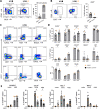
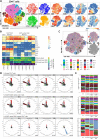

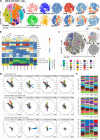
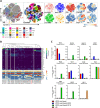
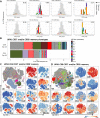

References
Publication types
MeSH terms
Substances
LinkOut - more resources
Full Text Sources
Medical
Research Materials

